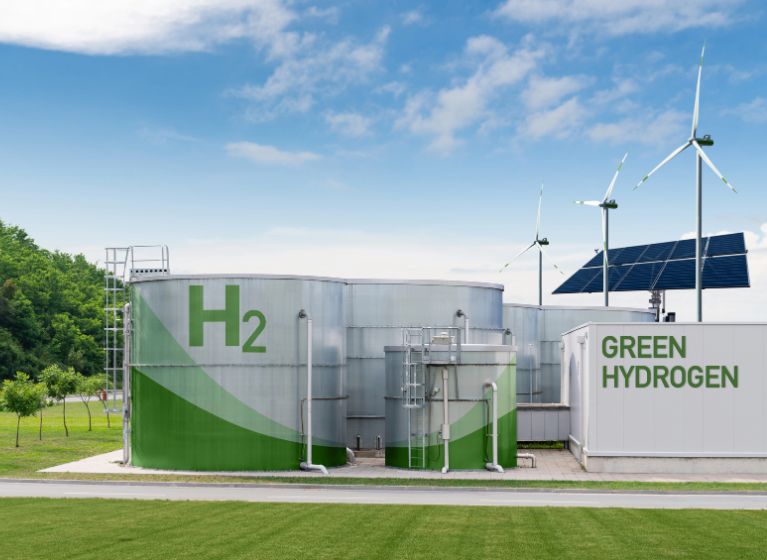High Court refuses special leave to appeal
On 7 August 2025, the High Court of Australia refused Novartis’ application for special leave to appeal the decision of the Full Federal Court – discussed here). The High Court determined that the appeal raised “no question of general principle sufficient to warrant the grant of special leave” and that it had “insufficient prospects of success”. This essentially means that the High Court has affirmed the approach to claim construction adopted by the Full Federal Court.
The High Court’s refusal upholds the Full Federal Court’s interpretation of claim 1 of Novartis’ Patent No 2003206738 (AU 738), which results in the invalidity of Novartis’ patent term extension (PTE) for AU 738.
This outcome reinforces several key lessons for pharmaceutical applicants seeking patent protection in Australia.
Key lessons include:
1. Claim construction is determined on a case-by-case basis
Even seemingly straightforward claims can be construed in complex ways. However, Australian patent claim construction follows a determined set of rules. Australian patent claims are construed on a case-by-case basis, and the courts’ reliance on expert evidence and the wording of the specification is instructive. For patentees, this is a valuable reminder to always seek professional advice on infringement matters, and that there is a risk assuming that a claim will be construed to cover embodiments not foreshadowed in a patent specification.
2. Patent drafting
It is important for inventors/patent applicants to work closely with their attorneys to ensure that all embodiments intended to be covered are foreshadowed. If an important commercial embodiment was not contemplated when a specification was filed, patent applicants should consider if they are comfortable with the risk the embodiment is not covered.
3. Silver lining – opportunity for further patent filings
With the High Court affirming the narrow claim construction adopted by the Full Federal Court and at first instance, there may now be greater opportunity for patent applicants to more readily seek additional patent protection for closely related forms of pharmaceutical products that are already described (and granted) in Australia. This case may set a precedent for more narrow claim construction based on the data included in the original patent specification. Had Novartis sought to file a later patent application to pursue protection for the ultimate commercial mixed salt form of drugs present in Entresto, it may have resulted in a longer period of patent monopoly protection for Entresto in Australia, even compared with the PTE that was overturned in this case.
4. Expert evidence
It can be critical to get the expert evidence right from the outset of legal proceedings in Australia. It is difficult to have an Australian Appeals Court reconsider any decision that flowed directly from findings of fact informed by expert evidence (even when the experts’ opinions diverge).
5. Patent Term Extension strategy
This case also underscores the importance of getting the PTE strategy right. Except for substances produced by a process involving recombinant DNA technology, an extension of term is only available in respect of a “pharmaceutical substance per se” within the scope of the claim of the patent. Goods containing or consisting of the substance must be included in the ARTG. Due to the finding on construction of the claim-in-suit, the Court held that none of the goods included in the ARTG are within the scope of the claim. This adds an additional layer of complexity over other recent decisions on PTE, such as Merck Sharp & Dohme Corp. v Sandoz Pty Ltd [2021] FCA 947 (summarised here). This also shows that the construction approach adopted by the Australian patent office can diverge from the construction decided by courts.









